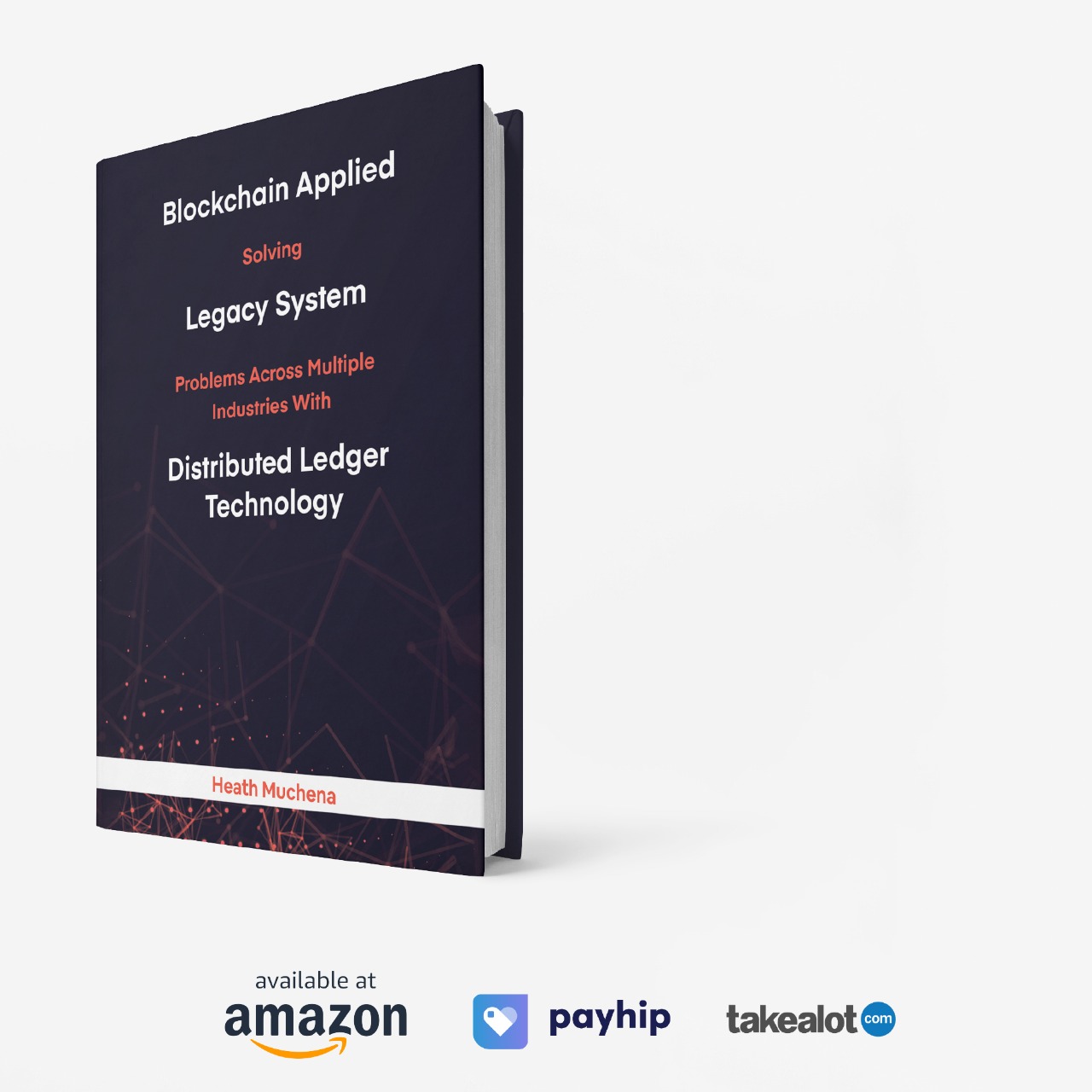
⭐ Quick Verdict
Rating: 8.0 / 10
Aster DEX is one of 2025’s most ambitious next-gen derivatives platforms—combining non-custodial trading, multi-chain liquidity, hidden orders, yield-bearing collateral, and perpetual futures with leverage up to 1001×.
It’s built for advanced traders, not beginners, and competes directly with top DEX perpetual platforms like Hyperliquid, Drift, and Aevo. The upside is transparency and custody control; the downside is high risk, lower liquidity on smaller pairs, and limited fiat access.
What Is Aster DEX?

Aster DEX is a decentralized trading platform supporting:
- On-chain spot trading
- On-chain perpetual futures
- Cross-chain execution (Ethereum, BNB Chain, Solana, Arbitrum)
- Ultra-high leverage (1001× on major pairs)
- Hidden orders to mitigate MEV
- Yield-bearing collateral options
- Native ASTER token for governance/utility
- Instead of acting as a custodial centralized exchange, Aster connects traders directly via wallet—meaning:
✔ You hold your own keys
✔ Trades settle on-chain
✔ No centralized withdrawal risk
✔ No account lockouts or suspensions
This makes Aster one of the most innovative platforms in the DeFi derivatives category.
Supported Regions & Jurisdiction Notes
Because Aster is a decentralized platform:
- No traditional signup is required
- Users simply connect MetaMask, WalletConnect, Phantom, or compatible wallets
- Availability is generally broad (Asia, EU, LATAM, Africa)
However:
❌ Regulated regions (like the US, UK, Canada) may restrict access to leveraged derivatives at the wallet or network level.
❌ No fiat deposit or withdrawal options for most users.
Aster is more similar to Hyperliquid or GMX in ethos, not Bybit or Binance.
KYC Requirements
Aster DEX does not require centralized KYC.
- No passport, no driver’s license upload
- You trade directly from your wallet
- You control withdrawals at all times
However:
You must comply with local laws regarding derivatives trading.
For users wanting no-KYC perpetuals, Aster is a powerful alternative to offshore CEXs.
How to Start Trading on Aster
Connect to the platform using your web3 wallet.



Aster DEX Trading Features
1. Spot Trading

Aster supports on-chain spot markets for:
- BTC
- ETH
- SOL
- DOGE
- BNB
- Popular altcoins
- Select tokenized assets
Spot volume is growing but still far smaller than centralized exchanges like Gate, MEXC, or Binance.
2. Perpetual Futures

This is where Aster shines.
Key Features:
- Leverage up to 1001× on BTC/USDT and ETH/USDT
- Dozens of perpetual markets
- Fair-price mechanism
- Multi-chain collateral
- Ultra-fast matching
- Hidden orders
- Transparent on-chain liquidation
- Low spreads on majors
Aster combines CEX-level UX with DEX-level custody.
Hidden Orders
Your order can remain invisible until execution to prevent:
- MEV bots
- Sandwich attacks
- Front-running
- Transaction hijacking
This makes Aster attractive for:
✔ High-volume traders
✔ Whales
✔ Institutions exploring on-chain perps
3. Cross-Chain Trading & Multi-Chain Collateral
Aster claims the ability to trade multiple chains without bridging.
Supported chains:

- Ethereum
- BNB Chain
- Arbitrum
- Solana (via integration)
Users can post collateral like:
- asBNB (liquid-staked BNB)
- ETH
- USDT / USDC
- Yield-bearing LSTs
This is a major advantage over DEXs like GMX, which are chain-specific.
4. Yield-Bearing Collateral

Instead of idle USDT collateral, users can deposit assets that earn yield while used for margin.
Example:
- asBNB → still producing staking rewards while backing futures positions.
This boosts capital efficiency.
Fees on Aster DEX
Aster’s model is still maturing, but current data shows:
| Feature | Fee |
|---|---|
| Perpetual Futures (1001× mode) | ~0.08% per side |
| Spot Trading | Variable, typically low |
| Funding Rates | Market-driven |
| Withdrawals | Network fees only |
Aster avoids the maker/taker fee systems of CEXs.
However, funding and liquidation penalties apply, especially in high-leverage modes.
Supported Assets
Aster supports:
✔ Major crypto pairs (BTC, ETH, SOL, BNB)
✔ Liquid staking derivatives (asBNB, stETH, etc.)
✔ Tokenized stocks (TSLA, META, etc.)
✔ Stablecoins (USDT, USDC)
✔ ASTER token
Trading tokenized stocks sets Aster apart from most derivatives DEXs.
Security & Transparency
✔ Non-Custodial
Users keep private keys and custody of assets.
✔ Smart Contract Audits
Audits by YZi Labs and other firms referenced in multiple reviews.
✔ Tokenomics Transparency
Recent improvements include:
- Publishing unlock schedules
- Providing token-release wallet addresses
Risks to Note
- Early-stage DEX (launched 2025)
- ASTER supply is concentrated — six wallets hold ~96% (high centralization risk)
- Liquidity on long-tail markets still shallow
- Smart contract risk always applies
For safety:
- Never keep entire net worth in DEX collateral
- Withdraw profits frequently
User Experience (Desktop & Mobile)
Desktop
Pros:
✓ Clean, fast, CEX-style UI
✓ Advanced order controls
✓ Clear liquidation info
✓ MEV-protected features
Mobile App
- ~3.4 stars on Android
- 50,000+ downloads
- Reports of minor bugs & performance issues
Overall: UX is solid but not yet as polished as Hyperliquid or major CEX apps.
Pros & Cons
Pros
- Non-custodial control
- Ultra-high leverage (up to 1001×)
- Hidden orders for MEV protection
- Multi-chain execution
- Supports tokenized stocks
- Yield-bearing collateral
- Transparent on-chain settlement
Cons
- High liquidation risk due to extreme leverage
- New platform with limited track record
- Thin spot liquidity
- No fiat rails
- ASTER token concentration risk
- Not beginner friendly
Aster DEX vs Competitors
Aster vs Hyperliquid
| Feature | Aster | Hyperliquid |
|---|---|---|
| Leverage | 1001× | 50×–100× |
| Custody | Non-custodial | Hybrid rollup |
| Chains | Multi-chain | Single unified L1 |
| MEV Protection | Hidden orders | Strong internal protections |
| Liquidity | Growing | Very deep |
| UX | Good | Best-in-class |
Hyperliquid currently wins on depth & execution.
Aster is more innovative with ultra-leverage and cross-chain features.
Aster vs CEXs (Bybit, Gate, MEXC)
- CEXs offer fiat ramps, easy onboarding, and deeper liquidity
- Aster offers decentralization, custody control, and radical leverage
- Beginners fare better on CEXs; advanced on-chain traders thrive on Aster
⭐ Final Rating: 8.0 / 10
Best For:
✔ Advanced traders
✔ Wallet-native users
✔ On-chain derivatives fans
✔ Yield-bearing collateral strategies
✔ High-risk, high-reward traders
Not Ideal For:
✗ Beginners
✗ Fiat-dependent traders
✗ Users needing high spot liquidity
✗ Anyone uncomfortable with smart contract risk
Aster DEX is a powerful, innovative on-chain perpetuals exchange and one of the most interesting derivatives platforms of 2025, but it requires skill, caution, and strong risk management.
Aster DEX FAQ
Does Aster DEX require KYC?
No — it is a non-custodial DEX.
What is the maximum leverage on Aster?
Up to 1001× on certain pairs like BTC/USDT.
Is Aster safe?
It is audited and non-custodial, but still early-stage; use caution.
What chains does Aster support?
Ethereum, BNB Chain, Arbitrum, Solana, and its own Aster chain.
Does Aster support tokenized stocks?
Yes — including markets like TSLA and META perpetuals.






